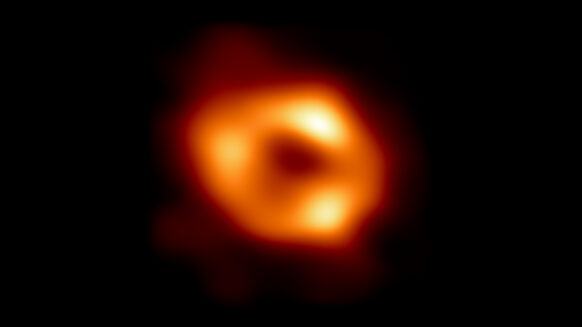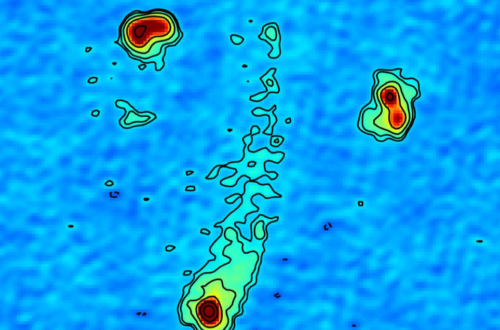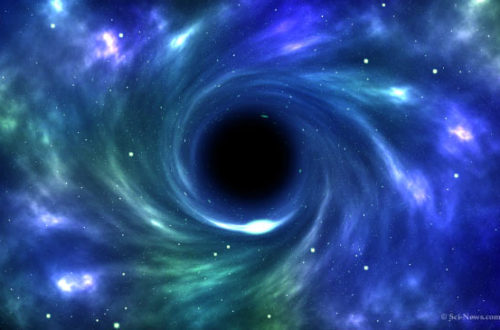An exhibition about black holes will open next week at the Valkhof Museum in Nijmegen, where we can think about the mysteries surrounding these extreme gravity objects. Those astrophysical monsters have not only inspired scientists but also artists from all fields, especially in visual arts and music. A great example is the Black Hole Symphony where the music leads us to a sensory experience of how black holes behave.
In understanding science, it is vitally important to have a graphic representation where for example we can visualize what happens to the plasma when it is near a black hole. The Event Horizon Telescope is a project that captured/photographed the shadow of the supermassive black hole at the center of our galaxy, Sagittarius A*. This was made possible by telescopes that detect radiation/light that our eyes cannot see. Despite this, scientists presented us with this ring-like orange image.

The density of ultra-hot plasma is a determining factor in the emission of radiation. In the case of Sagittarius A*, this density is so low that radiation can easily escape from the parts closest to the event horizon. Therefore, it is possible to observe the shadow generated by the black hole. What would happen if the density of the plasma increased?
By increasing the density, there will be more radiation emission and the photograph of the black hole should be more intense. But if the density increases above a threshold, the light absorption effect becomes dominant. If the density is very high, the radiation cannot leave where it was originally emitted and as a consequence, the shadow of the black hole is no longer visible. This phenomenon can be corroborated with numerical simulations and videos.
Conclusion: A video is better than a picture!



